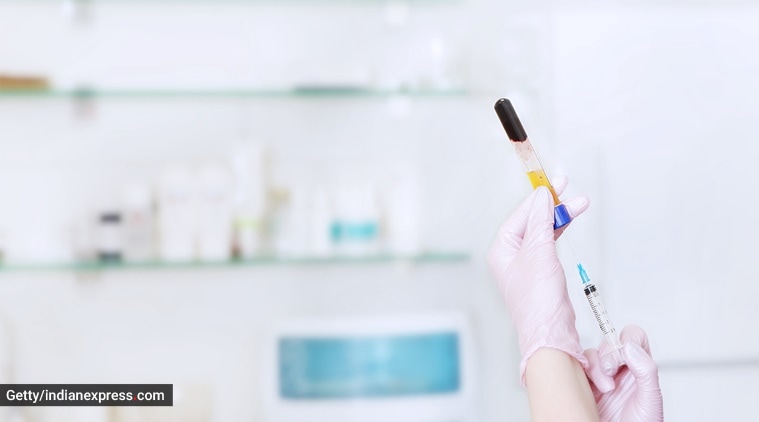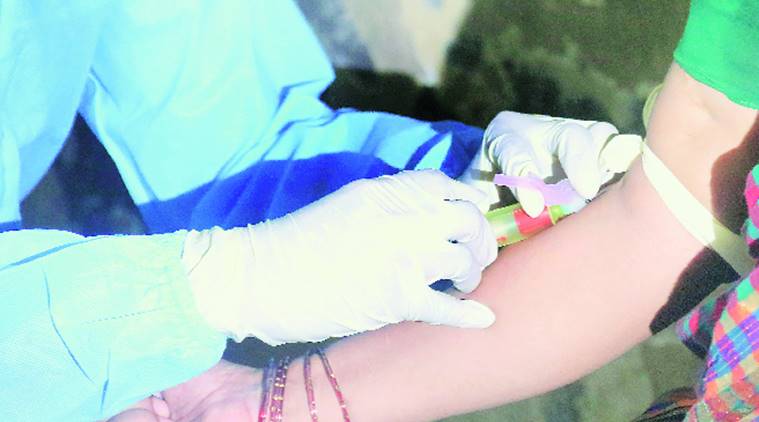The risk associated with plasma transfusion can be minimised to great extent but cannot be zero.

Written by
Dr Vikas Maurya, director and head, department of pulmonology and sleep disorders, Fortis Hospital
Shalimar Bagh
Dr Harjit Singh Mahay, additional director and head MICU, Fortis Hospital Shalimar Bagh
Dr Dinesh Arora, associate consultant, transfusion medicine, Fortis Hospital Shalimar Bagh
Since we are yet to come up with any targeted cure for COVID-19, a viral disease caused by the novel coronavirus, many investigational therapies have come into the picture, such as convalescent plasma therapy. The approach has been used earlier in medical history, with diseases such as the Ebola virus, diphtheria, scarlet fever, pertussis, Spanish flu, measles, MERS-COV, H1N1 and many other viral and auto-immune illnesses being given convalescent blood products.
The treatment involves taking plasma of patients who have recovered from COVID-19 as they carry antibodies against the viruses in their plasma. Sufficient antibody production is not universal, but many such patients have a healthy number of antibodies. So for patients in a moderate or early phase, the plasma from recovered patients (usually around the 28th day onwards in the mild stage or 14 days after recovery in other patients), can be used in newly infected patients who do not have antibodies to fight the illness. The moderate form, which is usually the second phase, is characterised by the lungs getting affected and suspected pneumonia, with symptoms of persistent cough and/or breathlessness. In this case, if a patient has a continuous requirement of oxygen, plasma can be given.
Also, it is important to note that since these are trial therapies, it is not necessary for them to work in all cases. It also depends a lot upon the right timing as these should ideally be given at an early stage. Apart from plasma, antivirals like Remdesivir, favipiravir, which are antivirus drugs, and other antivirals are also used in these patients along with antithrombotic drugs and steroids. So, patients may recover when all such therapies are used in combination. And even despite all these, many patients may not improve or benefit.
It is not that therapy, including plasma, does not come with any associated risks. For example, if the plasma has a virus that goes undetected during COVID testing, we introduce more viruses into the patient. But the risk is low as the patient who has recovered will carry antibodies in the blood. However, there may be risk of an allergic reaction as plasma is being injected from another body, which can trigger allergic reactions along with lung damage, such as acute lung injury. The risk of transmission of infections including HIV, Hepatitis B and C, is also present, but all known viruses are tested before transfusing the plasma.
The risk associated with plasma transfusion can be minimised to a great extent but cannot be considered zero. So, while there is some risk in giving plasma from one person to another, there are not too many options in this new disease, but certain precautions are kept in mind, such as the amount of plasma. The normal recommendation is in the range of 4 to 13 ml per kg of plasma, but usually 200 ml is given, which can be repeated in the next 24 hours if there is not much improvement. After giving the plasma, the patient is monitored for adverse reactions.

At our hospital, since it was allowed by MOHFW and Delhi government, we have so far given plasma therapy to 12 patients, of which eight recovered and four succumbed to the disease. These four had rapidly progressive disease and, of these, two also received Remdesivir and the other two received IVIG. This shows the grave nature of the disease the whole world is grappling with and due to which a large number of people have died across the globe, even in developed countries like the US, UK and other Western countries.
Therefore, it is important to understand that despite plasma therapy, not all patients may benefit. And despite all forms of therapy, patients may not recover and may succumb to the disease, as all these are just trial therapies. This needs to be explained to the family too in detail. In pandemic times, to save the patient, these therapies will continue to be used until a new vaccine or a specific treatment comes into the picture.
? The Indian Express is now on Telegram. Click here to join our channel (@indianexpress) and stay updated with the latest headlines
For all the latest Lifestyle News, download Indian Express App.
Source: Read Full Article



